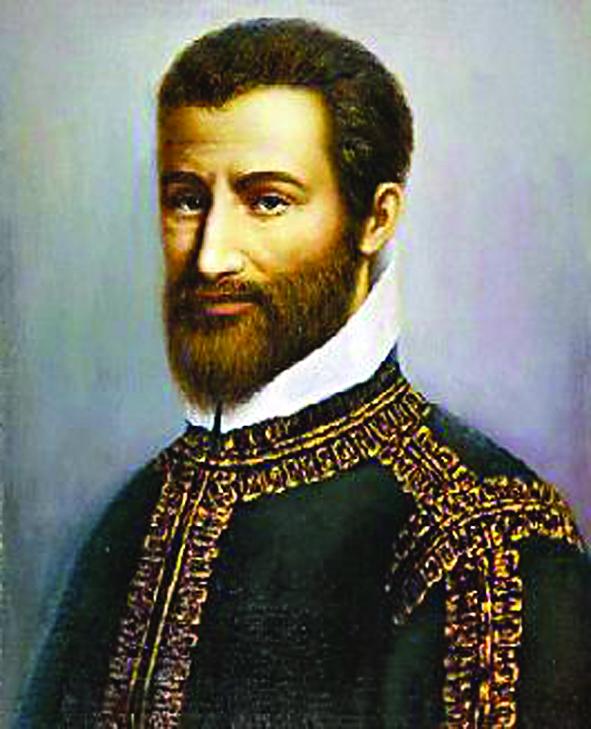By Robert Wiesner

The Paschal season has long been the time for Christians to reflect on just how dramatically the world changed with the resurrection of Christ. On the first Sunday after Pascha is celebrated the conversion of St. Thomas from disbelief to ardent faith. The following week sees the myrrh-bearing women astounded by the empty tomb. Then we celebrate the healing of the paralyzed man, infirm for many years and without a friend to plunge him into the healing waters of Bethesda; with only a word, Christ rejuvenates his powerless muscles and bids him to take up his mat and walk.
All these celebrations point to the fact that a nature worn by sin, death, and disease has been freshened and renewed by a power vastly superior to any destructive force whatsoever.
By far the most dramatic of Christ’s healing miracles was the restoration of sight to the man born blind. In all His previous healings, there was at least something already existing as a starting point: a leper had skin, after all, which could be restored. The paralytic had musculature, however damaged it may have been. Loaves and fish actually were present in some amount to feed the five thousand. Even Lazarus at least had a body for Jesus to work with, even though it was a dead body.
But the case of the man born blind was a unique situation: there actually were no eyes there to be restored; this man’s eyes had never developed in the womb at all! Interestingly, Jesus spits on the ground and mixes a bit of clay to place on the empty sockets, precisely the same procedure related in the second chapter of Genesis in forming Adam’s body. In other words, in this case, the creative Word of God again brought forth a new creation from nothingness!
There could be no clearer lesson that some new powerful force was active in a fallen world and creation itself was, to phrase it almost tautologically, recreated. There was an obvious new beginning to human history, the dawning of a new hope for the restoration of Paradise and a promise that damaged nature, even damaged human nature, could be restored to original innocence and bliss.
Of course, there are other spiritual lessons to the story as well. The Kontakion for the feast reads, “Blinded in the eyes of my soul, I come to You, O Christ, like the man who was blind from birth, and I cry in repentance: You are the brilliant light of those in darkness.” There is even some direction given as to how enlightenment is to be achieved: the object of Christ’s compassion is directed to wash himself in the pool of Siloam; the clay on his face is then transformed into original matter, newly created eyes. The closing prayer for the Liturgy begs: “O Lord Jesus Christ, Son of the living God, joygiving Light of the eternal Father, You enlightened the man born blind by forming clay to spread on his eyes and commanding him to wash. Cleanse us of our sins by the washing of regeneration…”
The opening verses of Genesis tell us of the Spirit of God hovering over the waters. Water is used to scour sin from the earth in the time of Noah and to destroy the destructive Egyptians in the time of Moses.
Finally, in the time of Jesus, water becomes not the destructive force of previous generations, but a healing element empowered to pour the Holy Spirit into our souls and recreate human nature in the likeness of God. Our poor clay is transformed by our Baptism into a new creation!






Facebook Comments